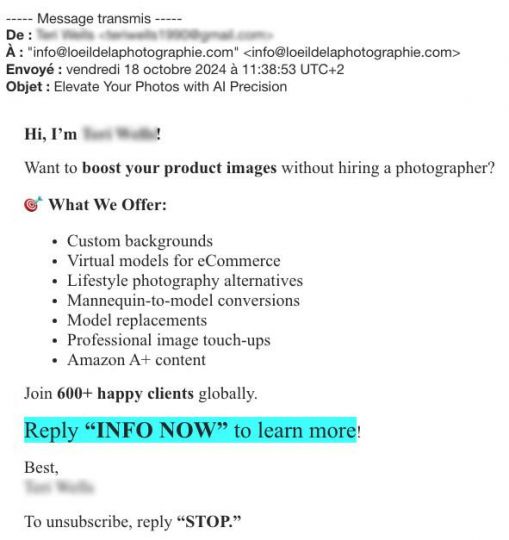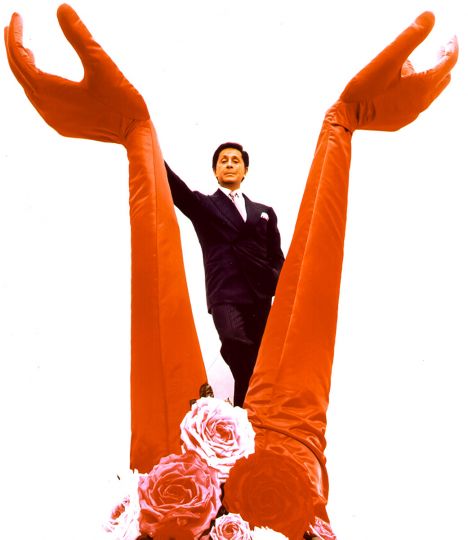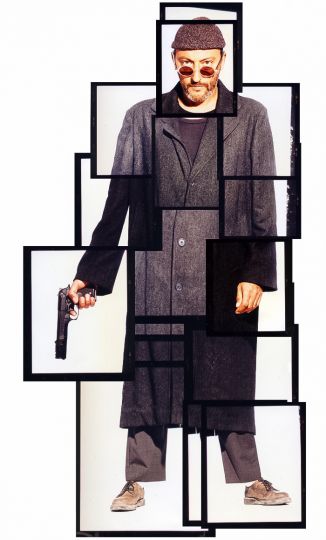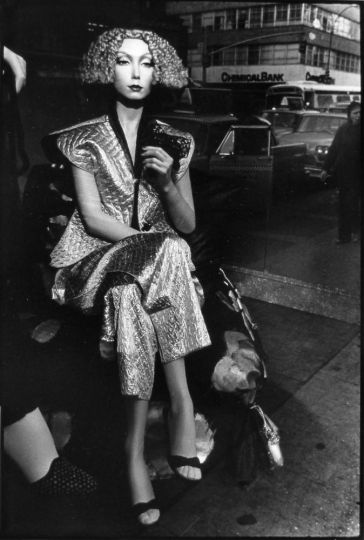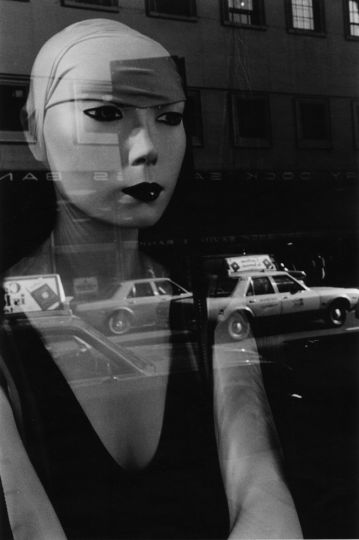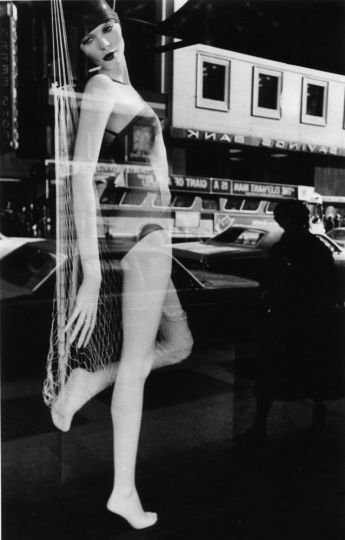On February 22nd 2013, the one year anniversary of the deaths of legendary correspondent Marie Colvin and photojournalist Remi Ochlik, is launch the A Day Without News? Campaign.
The web site is go live and invite people to add their names to the growing list of supporters of the initiative. Through social media and support from colleagues in the media, they aim to spread the campaign virally to as many people as possible to raise awareness of the issues.
Over the course of the next 12 months, they will continue to meet with multiple governments who have shown interest and support for the campaign, to push policy and diplomacy to fight against impunity and to partner with educational institutions and NGO’s to identify, investigate and ultimately prosecute cases where journalists and media personnel have been targeted and killed.
Their goal is to see the successful prosecution of perpetrators of war crimes against journalists and to increase public awareness – and support from within the media community – for those organizations that are dedicated to this issue.
Imagine a day without news…
Imagine a day with no news from the world’s conflict zones.
A day when it had become too dangerous for journalists to cover events.
A day when the risks were just too great and the support just too little.
A Day Without News? is a campaign that aims to highlight the risks taken by journalists in order to cover events in regions of conflict, to raise public awareness about the vital role that correspondents play in the news cycle, and to persuade governments and tribunals to pursue and prosecute those who harm members of the news media.
A Day Without News? is an initiative to focus attention on, and take steps to address, the targeting of journalists in armed conflict. The purpose of the campaign, which already has wide support across the international news media community, is:
• to draw sharper attention to the growing numbers of journalists who have been killed and injured in armed conflict, in some cases as a result of direct targeting by the belligerents;
• to develop a public diplomacy, institutional and legal agenda to combat this more effectively; and
• to investigate and collect evidence in support of prosecutable cases in this area.
The ultimate goal is for A Day Without News? to generate grassroots support within the community that will further the work of the Committee to Protect Journalists , Reporters Without Borders, Human Rights Watch, and other invaluable organizations who are dedicated to this issue.
A Day Without News? is working closely with these organizations to ensure that this campaign serves their missions – hopefully by building public support through publicity; increasing pressure for change through diplomacy; and facilitating the identification, investigation and prosecution of war crimes committed against journalists.
The idea for A Day Without News? arose within the journalism and media industry, by those that too often find themselves targeted by belligerents whilst reporting critical news to the world and that have lost too many friends who did not survive their last assignment.
On August 15, 2012, at United Nations headquarters, in New York City, a panel discussion, “The Cost of Truth,” was held to introduce that year’s winners of the World Press Photo Awards, the largest and most prestigious annual photojournalism prizes. Several hundred were in attendance.
Speakers included photographers Lynsey Addario and Michael Kamber; photo agency representatives Stephen Mayes and Aidan Sullivan; David Marshall, representative of the New York Office of the High Commissioner for Human Rights (OHCHR); and Maarten Koets, deputy managing director of World Press Photo.
The panel discussed the alarming increase in the number of injuries, kidnappings and deaths of journalists – who seem not only to be more often the direct target of perpetrators, but also more vulnerable to such attacks due to advanced technology. Aidan posed the question whether there is a better way to legally protect journalists and make the world aware of the critical importance to do so. Despite the fact that it is officially a war crime to target journalists, there has been little respect for or enforcement of the international human rights laws when applied to journalists. And it doesn’t seem that the public recognizes the risk in governments failing to do so.
That night, over drinks at photographer Steve Pyke’s New York bar, Kingston Hall, Aidan recalled a conversation he had had recently with the director general of the ICRC, Yves Daccord, about raising awareness of the dangers faced by journalists in conflict, starting from within the journalism and media community. Photographer Lynsey Addario, who was abducted in Libya in 2011, immediately warmed to the idea. She also mentioned that such an effort might help remind people of the recent losses of journalists such as Colvin, Hetherington, Hondros, and Ochlik.
Also on hand that day was Vanity Fair’s David Friend, who would coin the phrase, “A Day Without News?”.
What you can do to help ?
Tweet it- Blog it -Like it-Post it- Forward it-Email it- Spread the word!
They need as many people as possible to sign the ‘support us’ button at A Day Without News?
Key initiators of the campaign:
Aidan Sullivan – Vice President of Photo Assignment for Getty Images.
David Friend – Vanity Fair’s editor of creative development
Lynsey Adarrio – Photojournalist.
Tom Stoddart – Photojournalist.
John Moore – Photographer for Getty Images
Sir Daniel Bethlhem QC – Director of Legal Policy International Limited (LPI), and a Consulting Senior Fellow at The International Institute for Strategic Studies (IISS).
Sara Solfanelli – HR & Talent Director at MediaCom Worldwide













